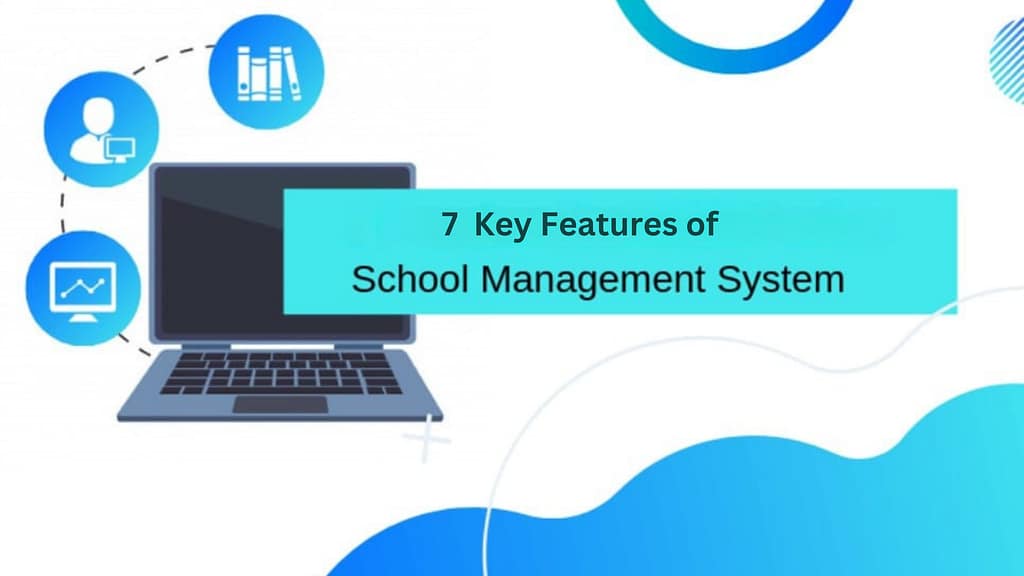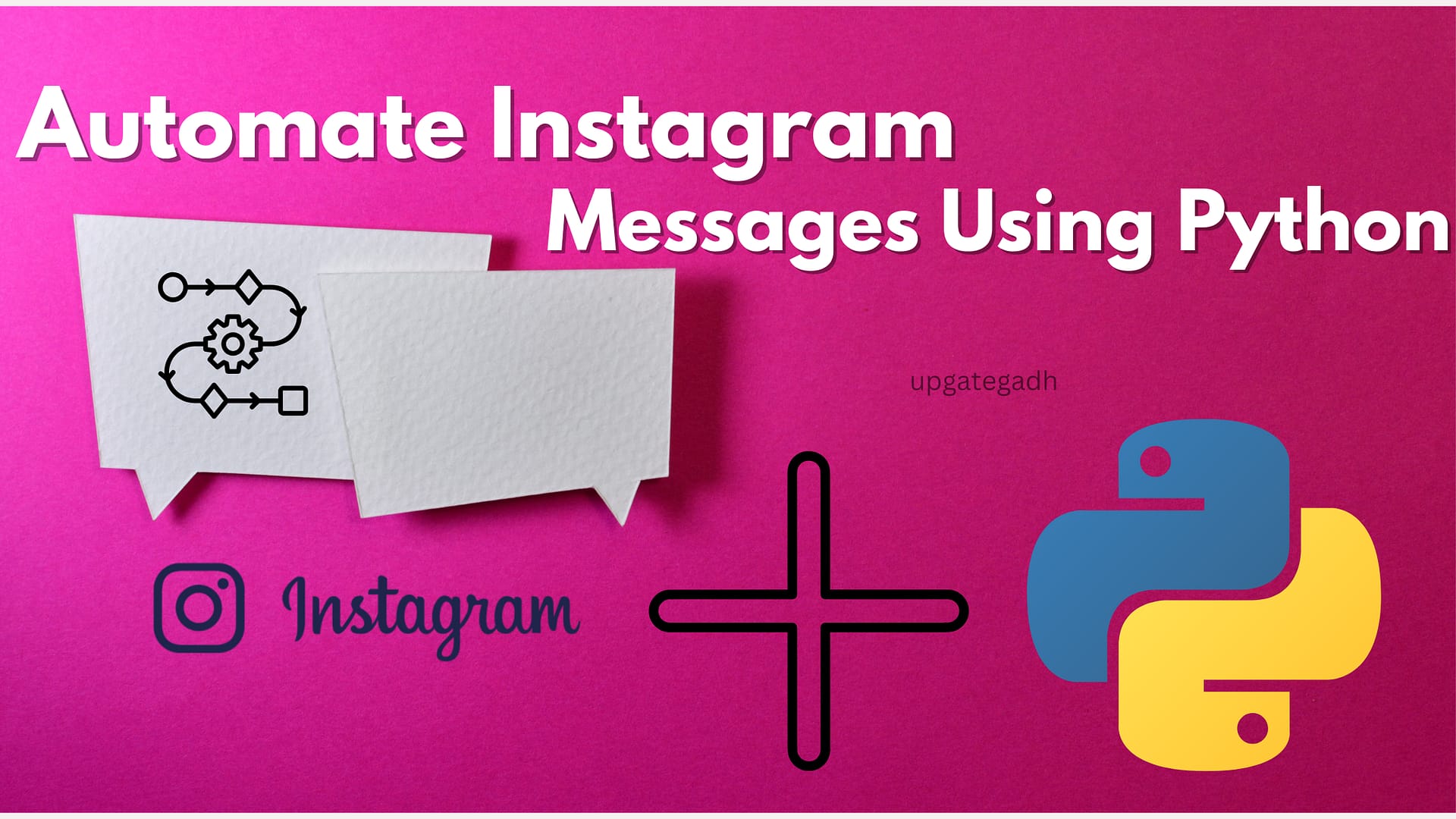
School Management System using the Django Framework With Free Code
In today’s world, the administration of schools has grown increasingly complex. Managing everything from student enrollment, attendance, and grades to teacher schedules and staff records can become overwhelming. That’s where technology comes in, specifically the School Management System (SMS). A School Management System is an integrated solution that streamlines school operations, helping administrators, teachers, and students manage academic and administrative activities with ease.
Best Python Projects :- Click Here
Table of Contents
Why Do Schools Need a School Management System?
Think about the daily operations in a school—attendance tracking, managing grades, scheduling classes, and more. When handled manually, these tasks can lead to inefficiency, errors, and frustration for both staff and students. Schools need a system that automates these processes, ensuring that everything runs smoothly.
A School Management System:
- Reduces manual work by automating repetitive tasks.
- Inhances communication between parents, kids, instructors, and administration.
- Ensures the safety and security of data through proper access control.
- Simplifies reporting and analytics, making data-driven decisions easier.
What is Django?

Before we go into the details of a School Management System, let’s talk about Django, a powerful Python web framework that encourages rapid development. One of Django’s biggest strengths is that it allows you to focus on writing your app without worrying about many low-level details.
Django offers:
- Scalability: Whether your school has 100 or 10,000 students, Django can handle the load.
- Security: It comes with built-in features like protection against SQL injection and cross-site scripting attacks.
- Simplicity: Django follows the “Don’t Repeat Yourself” (DRY) principle, meaning you write less code, and it’s more maintainable.
- Rich Features: With an admin panel, user authentication, and form handling out of the box, Django saves time.
Key Features
Included in a complete School Management system are the following crucial components:

- Student Information Management: Keep track of student profiles, enrollment status, academic progress, and more.
- Teacher Information: Manage teacher details such as subjects they teach, their schedules, and their availability.
- Attendance Tracking: Automate the process of marking attendance, with reports generated instantly.
- Grading System: Store and manage student grades, generating reports and calculating overall performance.
- Class Scheduling: Generate timetables for teachers and students, minimizing conflicts and confusion.
- Parent-Teacher Communication: Allow parents to track their children’s progress, receive updates, and stay involved in school activities.
- User Roles and Permissions: Assign different levels of access to administrators, teachers, students, and parents.
With Django’s modular and scalable structure, implementing these features is much more straightforward than you might think. Let’s move on to how we can build a School Management System in Django.
Building a School Management System
Step 1: Setting up Django
First, your development environment has to be configured for Django. The package manager for Python, pip, may be used to install Django:
pip install djangoNext, create a new project for your School Management System:
django-admin startproject school_management
cd school_management
python manage.py startapp schoolThis sets up the initial structure of your project, where we’ll build out the necessary components for the system.
Step 2: Creating Models
Models in Django are Python classes that define the structure of your data by mapping to your database. For this School Management System, we’ll need models for students, teachers, and attendance.
In the school/models.py file, let’s create models for students, teachers, and attendance:
from django.db import models
class Student(models.Model):
first_name = models.CharField(max_length=50)
last_name = models.CharField(max_length=50)
roll_number = models.CharField(max_length=20, unique=True)
date_of_birth = models.DateField()
class_name = models.CharField(max_length=10)
def __str__(self):
return f'{self.first_name} {self.last_name} - {self.roll_number}'
class Teacher(models.Model):
first_name = models.CharField(max_length=50)
last_name = models.CharField(max_length=50)
subject = models.CharField(max_length=50)
def __str__(self):
return f'{self.first_name} {self.last_name} - {self.subject}'
class Attendance(models.Model):
student = models.ForeignKey(Student, on_delete=models.CASCADE)
date = models.DateField()
status = models.CharField(max_length=10, choices=[('Present', 'Present'), ('Absent', 'Absent')])
def __str__(self):
return f'{self.student} - {self.date} - {self.status}'These models define the data structure for students, teachers, and attendance records. These models will be converted into database tables automatically by Django’s ORM (Object-Relational Mapper).
Step 3: Register Models in Admin
You may use a web interface to manage data for your application with the Django admin interface. Let’s register our models so that they appear in the admin dashboard. In school/admin.py, add:
from django.contrib import admin
from .models import Student, Teacher, Attendance
admin.site.register(Student)
admin.site.register(Teacher)
admin.site.register(Attendance)With this, you can now add, update, and delete student, teacher, and attendance records using Django’s built-in admin panel.
Step 4: Implementing Views and URLs
In Django, views form the foundation of the application logic. They handle requests from users and return responses, typically as web pages. For example, here’s how we can display the list of students.
In school/views.py, create a view to list all students:
from django.shortcuts import render
from .models import Student
def student_list(request):
students = Student.objects.all()
return render(request, 'school/student_list.html', {'students': students})Now, link this view to a URL by adding the following to school/urls.py:
from django.urls import path
from . import views
urlpatterns = [
path('students/', views.student_list, name='student_list'),
]And don’t forget to include school/urls.py in your project’s main urls.py:
from django.contrib import admin
from django.urls import path, include
urlpatterns = [
path('admin/', admin.site.urls),
path('school/', include('school.urls')),
]Step 5: Creating Templates
The presentation layer in Django is handled by templates, which are HTML files that combine static content and dynamic data. Let’s create a simple template to display the list of students.
Create a file called student_list.html in the templates/school/ directory:
<!DOCTYPE html>
<html>
<head>
<title>Student List</title>
</head>
<body>
<h1>Student List</h1>
<table>
<tr>
<th>Roll Number</th>
<th>Name</th>
<th>Class</th>
</tr>
{% for student in students %}
<tr>
<td>{{ student.roll_number }}</td>
<td>{{ student.first_name }} {{ student.last_name }}</td>
<td>{{ student.class_name }}</td>
</tr>
{% endfor %}
</table>
</body>
</html>This template displays a table of students, including their roll numbers, names, and classes.
Why Django
Django simplifies the process of building complex web applications with several built-in features like the admin interface, authentication system, and security mechanisms. Here are a few reasons why Django is a perfect fit for a School Management System:
- Fast Development: Django’s high-level framework allows for rapid development, reducing the time needed to launch.
- Secure: With security features such as protection against cross-site scripting, clickjacking, and SQL injection, you can be sure your school data is safe.
- Scalable: Whether it’s a small school or a large institution, Django can scale to meet your needs without compromising performance.
- Extensible: With Django’s modular approach, you can start small and add features as your system grows.
- New Project :-https://www.youtube.com/@Decodeit2
- PHP PROJECT:- CLICK HERE
school management system project in django with source code
school management system using the django github
school management system using the django pdf
school management system django github
school management system using the django in python
school management system using the django geeksforgeeks
school management system using the django example
college management system project in django with source code
Share this content:







Post Comment